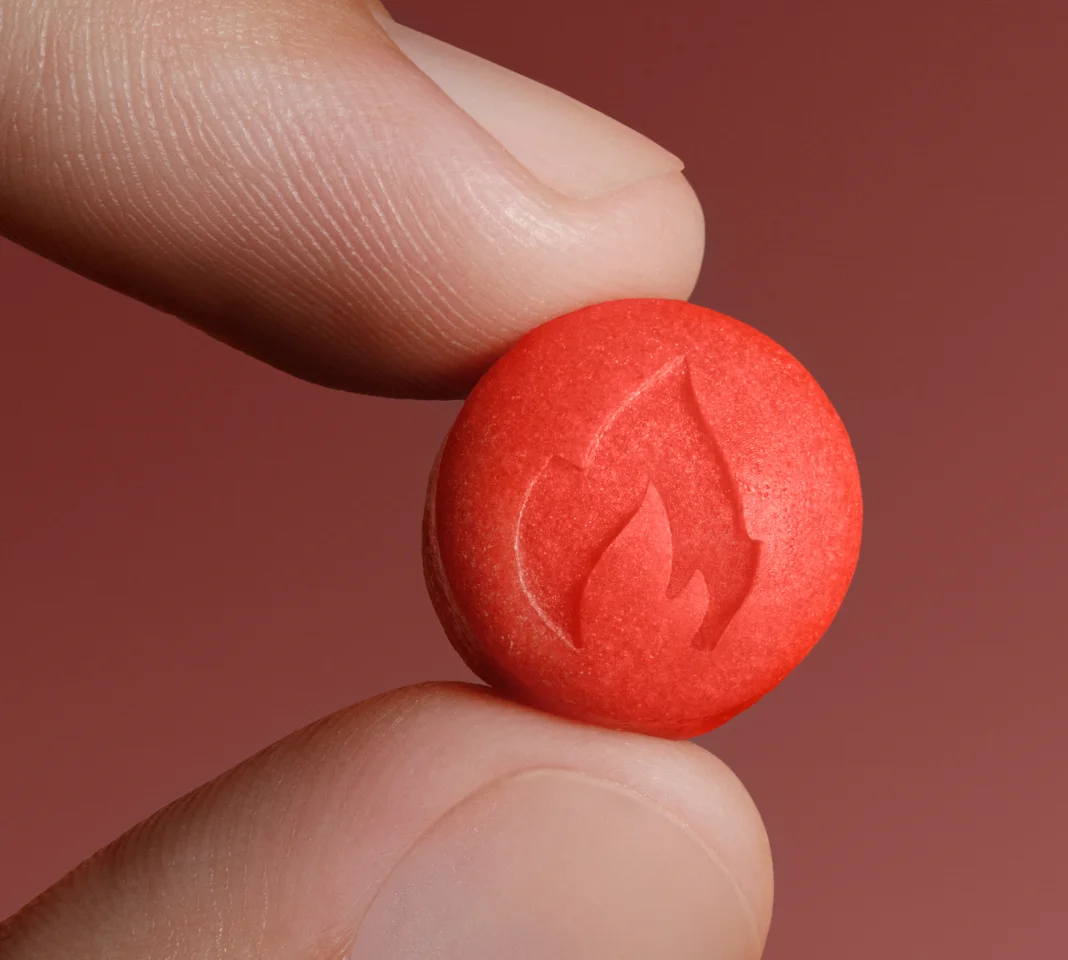Here's what we'll cover
Here's what we'll cover
Here's what we'll cover
Phimosis is a medical condition in which you have difficulty retracting (or pulling back) the foreskin (prepuce) from the head of the penis (glans penis). The word “phimosis” is originally Greek and means “muzzling” (McPhee, 2020). Phimosis comes in two types: physiologic phimosis and pathologic phimosis.
Physiologic phimosis occurs naturally—the foreskin is not retractable at birth in around 96% of baby boys (Shahid, 2012). By the time boys reach three years of age, most cases of physiologic phimosis improve on their own. However, around 10% of boys at age three can still have tight foreskins; with time, the foreskin becomes more retractable. Studies done in the 1960s showed that, by letting nature take its course, most cases of physiologic phimosis improve in older children. By adulthood, around 2% of men still have physiologic phimosis and otherwise healthy, normal foreskins throughout their lives (Shahid, 2012).
Pathologic phimosis is a different situation. In pathologic phimosis, the tightness is due to the scarring of the foreskin to the head of the penis. This scarring can look like a white, fibrous ring. Boys with repeated episodes of inflammation of the head of the penis (balanitis), inflammation of the foreskin (posthitis), or both (balanoposthitis) are at risk for developing a scarred foreskin and pathologic phimosis (Shahid, 2012).
Scarring due to a skin condition called balanitis xerotica obliterans (BXO) is a common cause of pathologic phimosis. Balanitis xerotica obliterans is a chronic skin problem that affects children more often than adults (McGregor, 2007). It is likely due to an autoimmune pathway, but genetics and/or infections may also play a role. There may also be a relationship between balanitis xerotica obliterans and squamous cell carcinoma of the penis (Celis, 2014).
When does phimosis become a problem?
Most men with phimosis have physiologic phimosis—this usually just requires time and reassurance. However, pathologic phimosis can become a problem when the scarred foreskin causes any of the following issues (McGregor, 2007):
Painful or difficult erections (because of the tight foreskin)
Repeated urinary tract infections (UTIs)
Difficulty urinating
Recurrent episodes of balanitis (inflammation of the foreskin)
If you are experiencing any of these issues, seek medical attention, or consult a urologist for treatment options.
Can phimosis resolve on its own?
In most cases, especially cases of physiologic phimosis, it does resolve on its own over time. Remember, most boys are born with phimosis, and it improves as they age.
When to talk to a doctor
If you suspect that you have pathologic phimosis, you should see your healthcare provider. Problems like painful or difficult erections, trouble urinating, repeated urinary tract infections, or multiple episodes of balanitis should be addressed by a specialist, like a urologist. Talk to your healthcare provider if you are concerned about any of these issues.
Phimosis treatment
The decision to treat phimosis depends on age, the extent of the problem, and the underlying cause. The first option is to “wait and see” and practice good hygiene—give the issue a little time, and it may get better on its own. This may not be the best treatment option in every case.
Alternatively, some healthcare providers recommend treatment using a topical corticosteroid cream. You apply the steroid cream to the tip of the penis for 4–8 weeks. The goal of the steroid cream is to make it easier to stretch the foreskin (InformedHealth, 2018). The steroid cream has an anti-inflammatory effect that can help with adhesions (areas where the foreskin sticks to the penis) and thins the skin (Shahid, 2012).
A Cochrane review of the literature found that steroids seem to be an effective treatment for resolving or at least partially improving foreskin retraction with no reported serious side effects (Moreno, 2014). Gently retracting the foreskin each day may help this process along.
If you have true pathologic phimosis with scarring that is causing problems, you may need to have surgery to repair it. Your healthcare provider may recommend a full or partial removal of the foreskin, otherwise known as a circumcision. In a full circumcision, the entire foreskin is removed. This prevents the possibility of phimosis recurring. A partial circumcision may remove only the tight part of the foreskin. One downside of this procedure is that there is a chance that the remaining foreskin tightens again, leading to a recurrence of the phimosis (InformedHealth, 2018).
Phimosis vs. paraphimosis
A condition sometimes confused with phimosis is paraphimosis. Paraphimosis happens when the foreskin is left in a retracted position, leading to swelling and entrapment of the foreskin behind the glans penis—this is an emergency.
A potential complication, although rare, is that paraphimosis can restrict the blood flow to the tip of the penis. Symptoms of paraphimosis include penis pain and swelling. Most of the time, paraphimosis can be treated by reducing the swelling and pulling the foreskin back into its normal position. Sometimes a small surgery is needed, but not necessarily a circumcision (McGregor, 2007).
Penis hygiene
One important thing to remember with penis hygiene, especially in children, is that the foreskin can tear if you forcefully try to retract it from the head of the penis. Vigorous retraction of the foreskin can cause micro-injuries, which can lead to scarring and potentially pathologic phimosis.
Good hygiene starts with gently retracting the foreskin, as far as it will go without pain, and cleaning both the foreskin and the head of the penis with soap and water. After drying it, don’t forget to bring the foreskin back to its original position covering the tip of the penis.
DISCLAIMER
If you have any medical questions or concerns, please talk to your healthcare provider. The articles on Health Guide are underpinned by peer-reviewed research and information drawn from medical societies and governmental agencies. However, they are not a substitute for professional medical advice, diagnosis, or treatment.
References
Celis, S., Reed, F., Murphy, F., Adams, S., Gillick, J., Abdelhafeez, A., & Lopez, P. (2014). Balanitis xerotica obliterans in children and adolescents: A literature review and clinical series. Journal Of Pediatric Urology , 10 (1), 34-39. doi: 10.1016/j.jpurol.2013.09.027. Retrieved from ttps://www.ncbi.nlm.nih.gov/pmc/articles/PMC1949079/
InformedHealth.org [Internet]. (2018). Institute for Quality and Efficiency in Health Care (IQWiG). What are the treatment options for phimosis? Retrieved Aug. 5, 2020 from https://www.ncbi.nlm.nih.gov/books/NBK326433/
McGregor, T. B., Pike, J. G., & Leonard, M. P. (2007). Pathologic and physiologic phimosis: approach to the phimotic foreskin. Canadian Family Physician: Medecin de Famille Canadien , 53 (3), 445–448. Retrieved from https://www.ncbi.nlm.nih.gov/pmc/articles/PMC1949079/
McPhee AS, Stormont G, McKay AC. Phimosis. (2020). In: StatPearls [Internet]. Treasure Island (FL): StatPearls Publishing. Retrieved on Aug. 5, 2020 from https://www-ncbi-nlm-nih-gov/books/NBK525972/
Moreno, G., Corbalán, J., Peñaloza, B., & Pantoja, T. (2014). Topical corticosteroids for treating phimosis in boys. The Cochrane Database of Systematic Reviews , (9), CD008973. https://doi.org/10.1002/14651858.CD008973.pub2. Retrieved from https://www.cochranelibrary.com/cdsr/doi/10.1002/14651858.CD008973.pub2/full
Shahid S. K. (2012). Phimosis in children. ISRN Urology , 2012 , 707329. https://doi.org/10.5402/2012/707329. Retrieved from https://www.hindawi.com/ j ournals/isrn/2012/707329/










